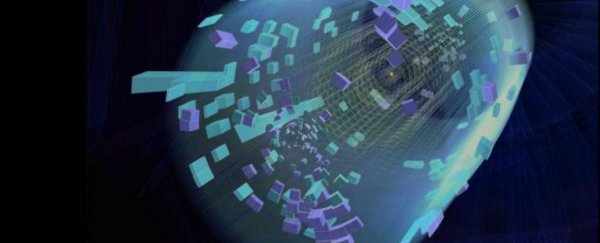If you thought the Large Hadron Collider was impressive before, new tests performed late Wednesday night show that this experiment is just getting warmed up. The collider, which famously found evidence of the Higgs boson in 2012, has just smashed beams of protons into each other at a record-breaking energy of 13 trillion electronvolts (TeV).
This is an increase of 60 percent on the collider's previous record of 8 TeV, and the new energy levels will allow researchers to generate larger particles than ever before and help them understand some of the biggest mysteries of our Universe, such as what dark energy is, and how gravity really works.
These initial record-breaking collisions were test runs involving low amounts of protons, so we don't have any new data from them just yet. But they're all part of the process of making sure the LHC is properly calibrated, and ready to accurately guide such intense beams into precise collision locations without any stray particles damaging the equipment. And so far, things are looking good.
Tests will continue over the coming week, but if all goes to plan and the beams are declared stable at these energy levels, new experiments will begin in early June.
"When you accelerate the beams, they actually get quite a lot smaller - so the act of actually getting them to collide inside the detectors is really quite an important technical step," David Newbold, a researcher from the University of Bristol in the UK who works on the LHC's CMS experiment, told Jonathan Webb from the BBC. "13 TeV is a new regime - nobody's been here before."
The LHC was switched back on in April after a two-year period of upgrades and maintenance. Lower energy tests have been conducted over the past month, but this is the first time the beams have been run at such high intensities. As part of these tests, proton beams were blasted around the 27 km-long underground tunnel, and directed to smash into each at just the right spot to send particle debris flying through the LHC's experiments - ALICE, ATLAS, CMS, TOTEM and LHCb.
It's at these points that scientists monitor the collisions and record data about the particles that come flying out of them. Occasionally, this may include rare or never-before-seen particles, and by studying their behaviour, researchers can verify the theoretical predictions of the Standard Model of Particle Physics that we use to describe the Universe around us.
Just last week, CERN announced that it had spotted a type of sub-atomic particle decay that was even harder to detect than the Higgs boson, and the results provided new insights into the limits of the Standard Model. But this data was collected back in 2012, when the LHC was only capable of smashing particles together at 8 TeV. Using the new energy levels could take this research even further.
"This week's collisions at 13 TeV are to check that CERN's flagship - the LHC - is sea-worthy. But we haven't yet begun the voyage to new frontiers," CERN scientists explained in a press release.
So don't worry, physics lovers, the best is yet to come. And while you wait, CERN's released these images of the showers of particles produced by the 13 TeV collisions, as detected by their various experiments. Enjoy.
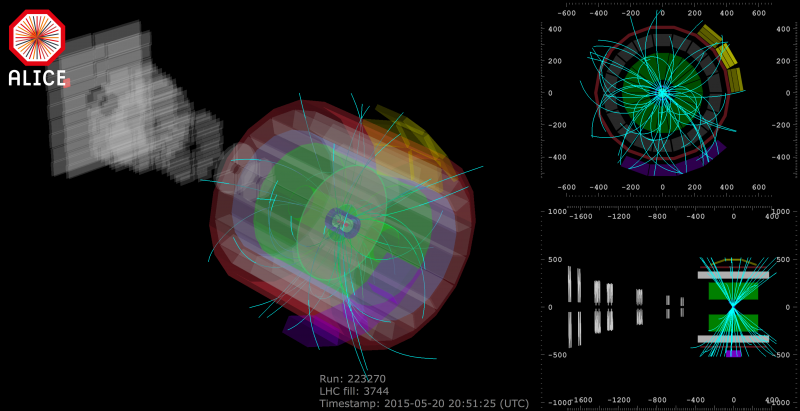 ALICE/CERN
ALICE/CERN
 ATLAS/CERN
ATLAS/CERN
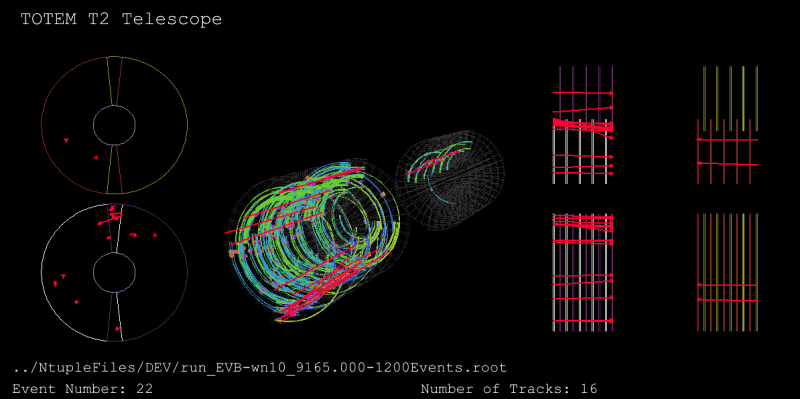 TOTEM/CERN
TOTEM/CERN
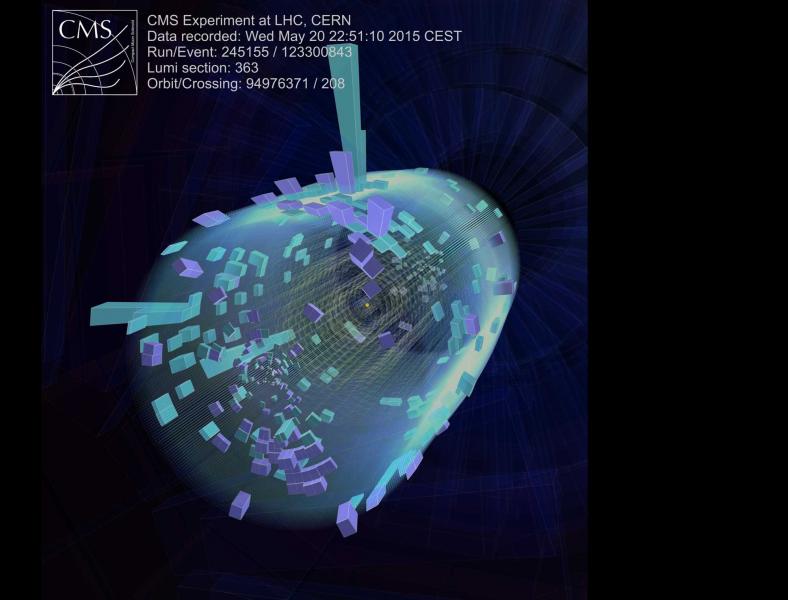 CMS/CERN
CMS/CERN
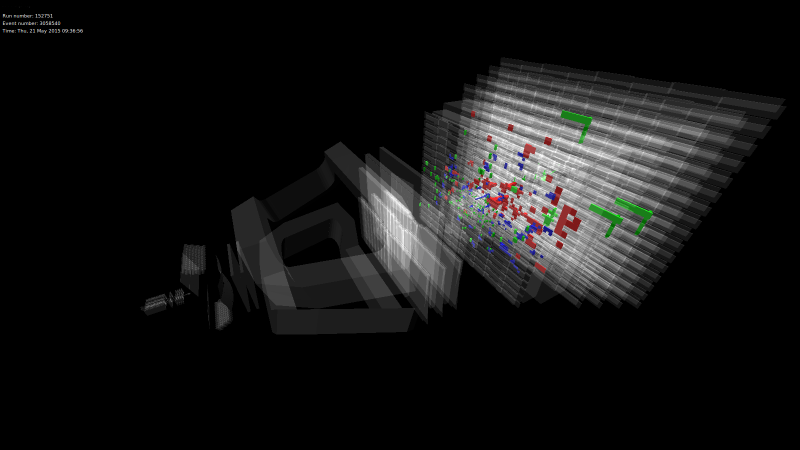 LHCb/CERN
LHCb/CERN
